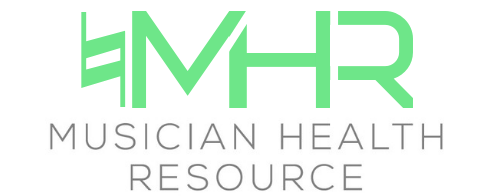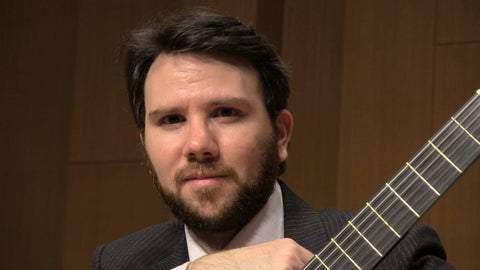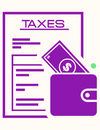
The Winter Olympic Games have come and gone and the sports world now turns their eyes toward the summer and the World Cup.
In all honesty, I don't know a lot about any of these sports but I am fascinated by what makes a top athlete. Whether it's circumstance and habitat, a natural build that gets them scouted, a love and discipline for what they do, or the best training and coaches, one thing is for sure, it is common practice now for athletes to train the body AND the mind.
I'm going to offer a brief refresher but I want to start out by immediately saying that if you missed my blog post on how the brain builds memories, you will find that information useful in today's reading.

Our brain takes in information through our senses which relate the information to various neurons in our brain. In order to build a memory or experience, a neuron must connect the information to another neuron. They do this by building connecting pathways called synapses. The more synapses we build or the more times we relay information across an existing synapse, the stronger our memory becomes.
For example, when learning to write our name, our brain begins to connect the process:
- lift writing utensil - hold writing utensil - trace letters on paper
The letters are large and uncomfortable at first with little muscle control or spatial awareness but as time progresses we begin to build the motions required for writing into our kinesthetic memory. Now, we don't have have to think about how to pick up or hold a pen or how to spell our name, which direction the letters should face or how big or small to make the writing.
The process for writing our name, however, still begins in our brain. The synapses (pathways) still exist. In fact, they're now so strong that if we need to write our name larger or smaller or in all capital letters or even a different font style, our spatial recognition and muscle memory can travel across different synaptic connections to accomplish this new task.
And because these pathways have been strengthened over time, the connections exist so strongly that the mere thought of writing our names will trigger over 90% of the same kinesthetic response as actually engaging in the action. This is what we refer to as "muscle memory".
I'm sure many of us are familiar with the 10,000-hour rule, made popular by Malcolm Gladwell in his book, "Outliers: The Story of Success". This theory asserts that mastery in any subject comes from 10,000 hours of practice in that discipline.
This rule, however, has recently been disproven! According to a 2014 study from Princeton University, practice accounts for just 18% of difference in athletes (an acknowledgement which immediately and drastically altered training and sports psychology) and only a 21% difference in music! Yet this find has had little impact on music education or training...
The 10,00-hour rule is fake news.
After the initial training base, we've built almost all of the synaptic connections our brain needs to play music. Now it's about taking these pathways and connecting them in new configurations or strengthening them toward specific pieces, similar to taking the basic knowledge of writing the alphabet and reconfiguring it to words or writing a name in all capital bubble letters.
To do this we can employ the process of kinesthetic visualization. To quote this week's podcast guest, Adrienne Osborn (who's episode will be out on Thursday), "All of the movements originate in your mind first before they happen in your body." Adrienne employed this truth during her time as a world-ranked water skier and carried it over into her music career.
Dr. Jim Bauman, who holds a PhD. in Sports Psychology, further explains that kinesthetic visualization is a technique which integrates bodily movements and muscle sensations within the mental picture. An example might include imagining you are in your jury, recital or audition. How do you want to stand or sit? Practice this. In what ways, before you begin playing, can you find relaxation in your body and mind? Practice this. Then, without actually playing a note, how do you want your piece or excerpt to sound? Practice this mentally, singing through the piece in your mind.
If you know you carry a lot of shoulder tension, allow yourself time to sit with shoulders relaxing down as you imagine your piece the way you want it to sound. By doing this even without the instrument, you are beginning to build new pathways in your mind encouraging relaxed playing and a relaxed sound.
"All of the movements originate in your mind first, before they happen in your body." - Adrienne Osborn
In elite athletes, practice accounts for just 1% difference. As gymnast Shannon Miller points out, "The physical aspect of the sport can only take you so far. The mental aspect has to kick in, especially when you’re talking about the best of the best. In the Olympic games, everyone is talented. Everyone trains hard. Everyone does the work. What separates the gold medalists from the silver medalists is simply the mental game."
By employing tools like kinesthetic visualization in our music practice, we can begin to build a mental practice with which to supplement our physical practice time. If you missed the training video of Mirai Nagasu working on her triple axel, you'll notice she employs a physical training tool to aid in her visualization process. The harness allows for her lower body to no longer need physical force to propel her and eliminates the risk of injury from an improper landing. This allows her to isolate her attention to her core muscles and the postural form required for executing the jump. By isolating her attention, she can build her required synaptic pathways in a more relaxed environment before carrying that knowledge over into skating repetitions.
Slowing down and visualizing isn't cheating. Using alternative training techniques isn't cheating. Like everything else in our music education, it's a tool to be used when we need it. And, make no mistake, we need it. The injury rates among musicians prove we need it and the sooner we can place value on these tools as part of our music practice, the sooner we can begin to increase our enjoyment and productivity. And, perhaps most importantly, we need to be passing this information on to the next generation of musicians.
Physical and mental pain should never interfere with our music making ability so learn how to employ these techniques and train like an athlete to play like a musician.
Less pain and more music!
Karen







